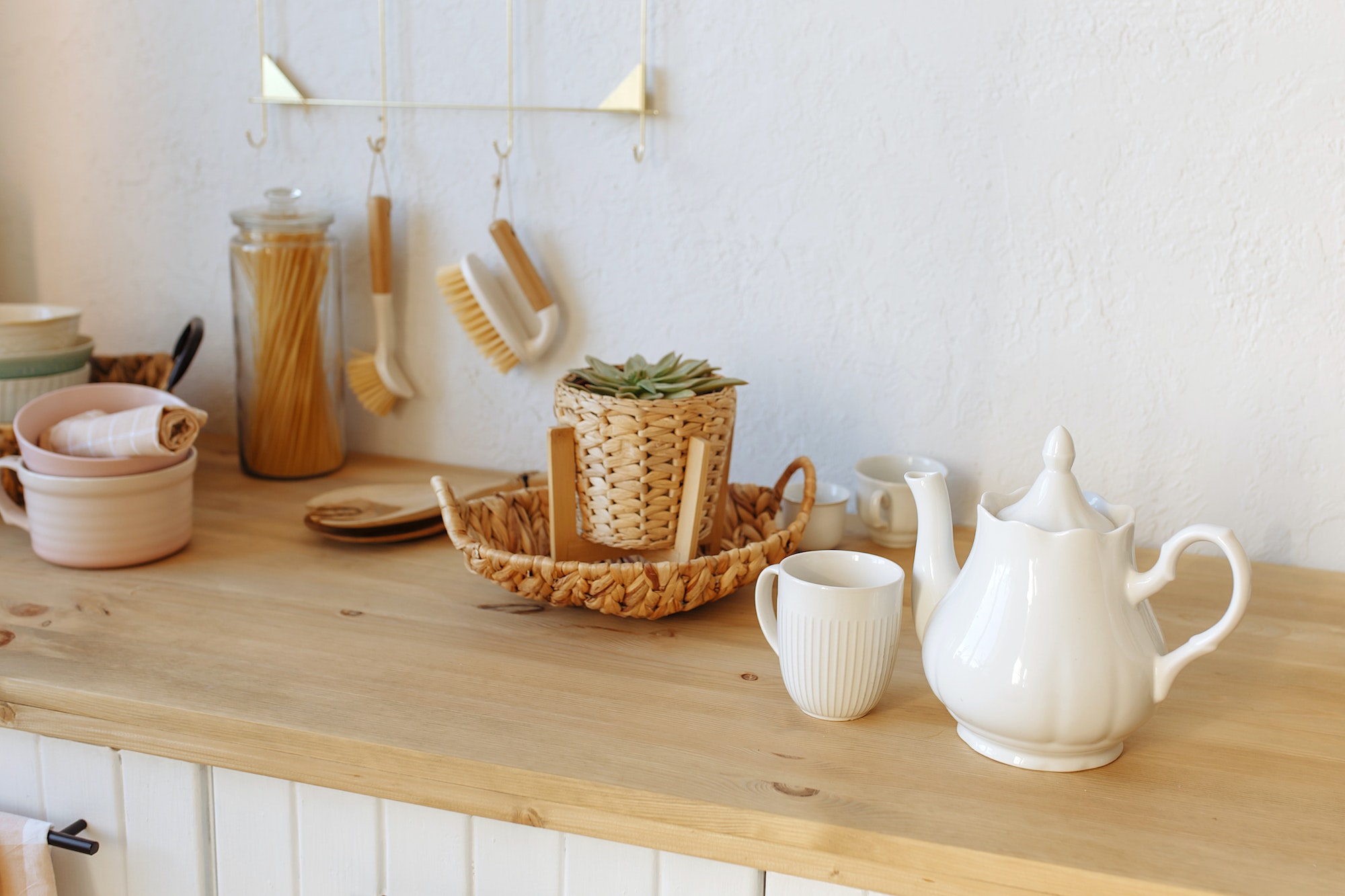In the sophisticated world of gourmet tea, there is perhaps no variety more esteemed than white tea. This delicate and elegant brew is treasured by connoisseurs for its subtle flavors, gentle aroma, and the skill needed to harvest and process it.
White tea derives its name from the fine silvery-white hairs on the unopened buds of the tea plant, which give the plant a whitish appearance. The teas are made from the Camellia sinensis plant’s young buds and leaves, plucked just before they fully open. This early harvest, when the buds are still covered with fine white hairs, gives white tea a lighter, more delicate flavor profile than green or black teas.
There are several types of gourmet white tea leaves that aficionados should be aware of:
Silver Needle (Bai Hao Yin Zhen): This is considered the highest quality of white tea and is produced mainly in the Fujian province of China. Silver Needle is made using only the top bud of the tea plant, resulting in a light, sweet flavor with a subtle hint of melon.
White Peony (Bai Mu Dan): This type includes both the bud and the first two leaves of the tea plant. It has a fuller flavor than Silver Needle, with notes of peony flowers and a slightly stronger aftertaste.
Long Life Eyebrow (Shou Mei): This type of white tea is made from leaves found lower on the branch. It has a richer, fuller flavor than other white teas and is often aged to develop complex flavors.
The process of making white tea is relatively simple compared to other types of tea. However, it requires precision and care to maintain its delicate flavor. After picking, the leaves are allowed to wither under natural sunlight if possible. This step helps reduce their moisture content. They are then carefully dried to prevent oxidation, which would darken the leaves and alter their fresh, subtle flavors.
Although white tea has less caffeine than its green and black counterparts, it boasts high levels of antioxidants. These compounds are known for their role in promoting good health, making white tea not just a delightful indulgence but also a beneficial part of a balanced diet.
When brewing white tea, remember that it requires a lower temperature than other teas – around 70-80 degrees Celsius – to avoid scorching the leaves and bringing out bitter flavors. The steeping time should also be shorter – between one and three minutes – allowing you to appreciate its delicate taste fully.
When served correctly, white tea offers an exquisite experience for gourmet tea lovers: a light-bodied infusion with a subtle sweetness and hints of floral notes. Its understated elegance makes it perfect for quiet moments of reflection or as an accompaniment to fine dining.
From its meticulous harvesting process to its refined taste profile, white tea truly embodies the sophistication and artistry that characterize gourmet food and drink. It is proof that sometimes, less is indeed more.
Whether you’re a seasoned connoisseur or new to gourmet teas’ world, exploring white tea varieties can offer an enriching sensory experience. As you savor each sip, you’re not just tasting a beverage but participating in a centuries-old tradition that celebrates nature’s simplicity and complexity all at once.

